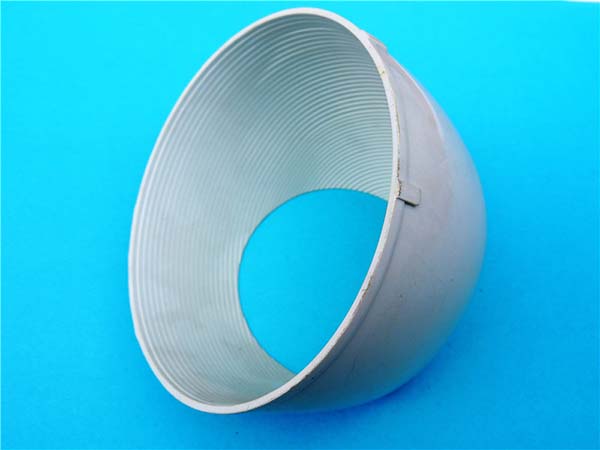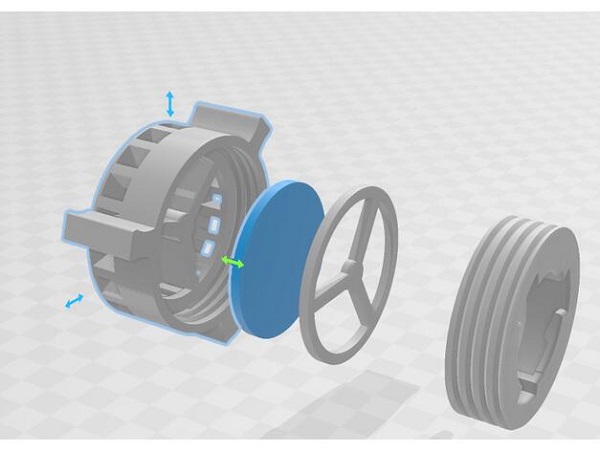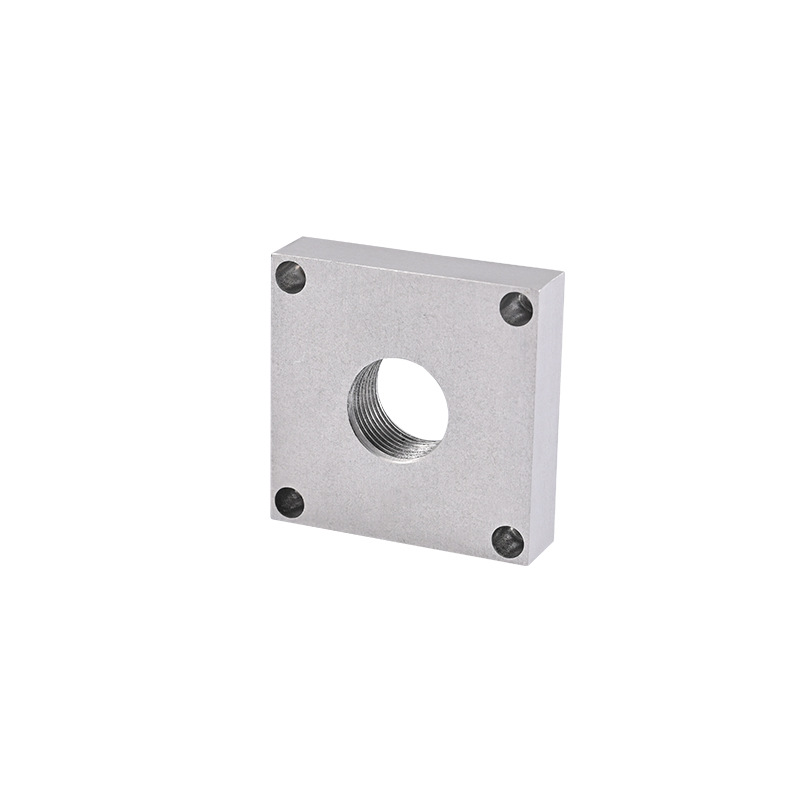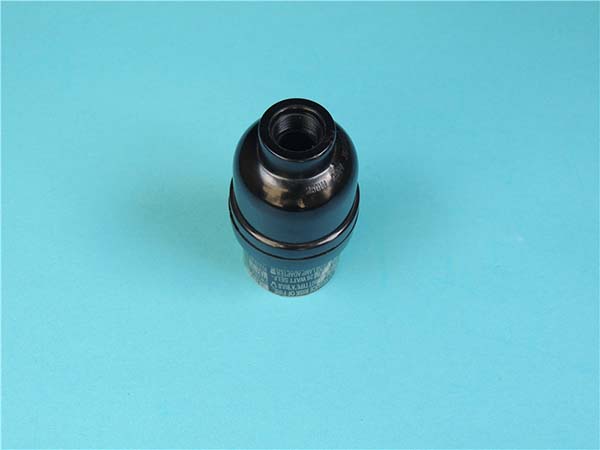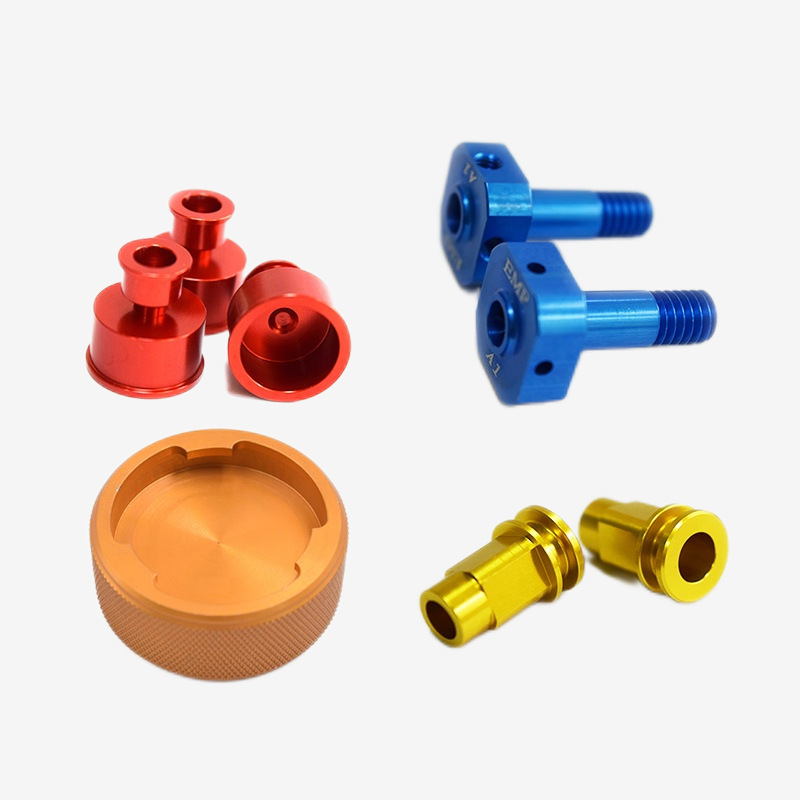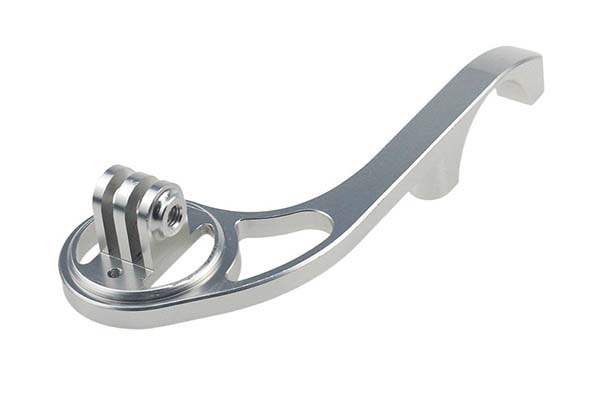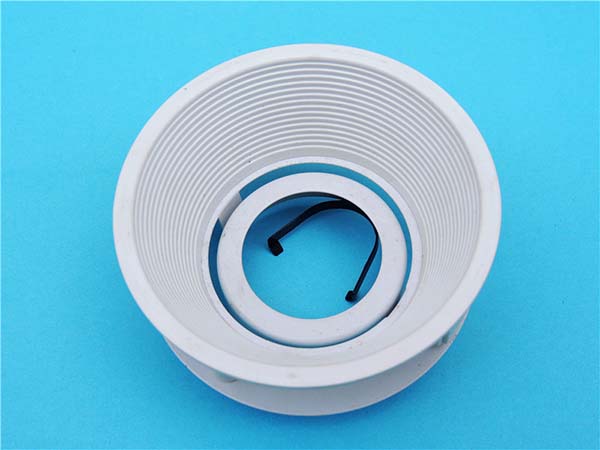Introduction
What is a 3D Printed F1 Steering Wheel?
In the high - octane world of Formula One (F1) racing, every component of the car is a masterpiece of engineering, and the steering wheel is no exception. An F1 steering wheel is the nerve center of the car, allowing the driver to control multiple aspects of the vehicle's performance during a race.
Traditionally, F1 steering wheels were made using conventional manufacturing methods, which often involved complex machining processes and a significant amount of time. However, with the advent of 3D printing technology, also known as additive manufacturing, the game has changed. 3D printing allows for the creation of three - dimensional objects by layering materials based on a digital model.
For F1 steering wheels, a detailed 3D model is first created using Computer - Aided Design (CAD) software. This model takes into account every curve, button, and switch that the driver will need to access during the race. Once the model is complete, it is sliced into thin layers by specialized software. The 3D printer then builds the steering wheel layer by layer, depositing materials such as carbon - fiber - reinforced polymers or high - strength plastics in precise patterns. This process enables the production of highly complex geometries that would be extremely challenging, if not impossible, to achieve with traditional manufacturing techniques.
3D printed F1 steering wheels are not only a marvel of modern engineering but also a testament to the continuous pursuit of innovation in the world of motorsports. In the following sections, we will explore the advantages, challenges, and future of these remarkable components.
Comparison with Traditional Steering Wheels
When comparing 3D printed F1 steering wheels with their traditional counterparts, several key differences emerge. These differences can have a significant impact on the performance, cost, and development time of F1 cars. The following table outlines the main contrasts:
| Aspect | 3D Printed F1 Steering Wheel | Traditional F1 Steering Wheel |
| Weight | Can be designed with optimized internal structures to achieve significant weight reduction. For example, some 3D printed steering wheels can be up to 30% lighter than traditional ones, which is crucial for improving the overall power - to - weight ratio of the F1 car and enhancing its handling and acceleration capabilities. | Typically heavier due to the limitations of traditional manufacturing processes. Machining complex shapes often results in more material being used than necessary, adding unnecessary weight. |
| Customization | Highly customizable. Designers can create unique shapes, button placements, and ergonomic features tailored to an individual driver's preferences and physical characteristics. This allows for a more personalized driving experience and potentially better performance on the track. | Limited customization. Changing the design of a traditional steering wheel often requires significant re - engineering of molds and manufacturing processes, which is time - consuming and expensive. As a result, customization options are relatively restricted. |
| Cost | For low - volume production (such as for a single F1 team), the initial tooling costs are much lower. However, the cost per unit can be higher for some 3D printing materials, especially high - performance polymers or metal alloys. But as the technology advances and economies of scale are achieved, the cost is gradually becoming more competitive. | High initial tooling costs for creating molds and dies. For small - scale production, these costs can be a major deterrent. But in large - scale production, the per - unit cost can be lower due to the efficiency of mass - production techniques. |
| Production Speed | Faster production times for prototypes and small - batch production. A 3D printed steering wheel can be produced in a matter of hours to a few days, depending on the complexity of the design and the type of 3D printer used. This significantly reduces the time from design concept to actual use on the track. | Slower production process, especially when it comes to making design changes. The manufacturing of molds, machining, and assembly can take weeks or even months, delaying the implementation of new design ideas. |
| Durability | Made from advanced materials like carbon - fiber - reinforced polymers, 3D printed steering wheels can be extremely durable and resistant to the high - stress environment of F1 racing. The additive manufacturing process can also potentially create a more uniform and stronger structure in some cases. | Generally durable, but the manufacturing processes may introduce weaknesses in the material structure due to machining stresses or inconsistent material distribution. |
As we can see from the comparison, 3D printed F1 steering wheels offer unique advantages in terms of weight, customization, and production speed, while also presenting challenges in cost - effectiveness, especially for large - scale production.
Yigu Technology's View
As a non - standard plastic metal products custom Supplier, Yigu Technology firmly believes that 3D printed F1 steering wheels hold a promising future. Our expertise in plastic and metal processing positions us well to support the development of this technology.
In terms of materials, we have access to a wide range of high - performance plastics and metal alloys suitable for 3D printing. Our understanding of material properties allows us to recommend the most appropriate materials for different F1 steering wheel requirements, whether it's for enhanced durability or weight reduction.
Our advanced manufacturing equipment and skilled technicians enable us to provide precision 3D printing services. We can handle complex geometries with high accuracy, ensuring that every 3D printed F1 steering wheel meets the strictest quality standards. Additionally, we offer post - processing services such as surface finishing and assembly, providing a one - stop solution for our customers in the F1 industry.
FAQ
What are the main benefits of a 3D printed F1 steering wheel?
- Lightweight Design: 3D printed F1 steering wheels can be up to 30% lighter than traditional ones. This reduction in weight improves the power - to - weight ratio of the car, enhancing acceleration and handling.
- Customization: Designers can create unique shapes, button placements, and ergonomic features tailored to a driver's preferences and physical characteristics, providing a more personalized driving experience.
- Faster Production for Prototypes: A 3D printed steering wheel can be produced in hours to a few days, significantly reducing the time from design concept to use on the track.
Are 3D printed steering wheels as durable as traditional ones?
3D printed steering wheels, made from advanced materials like carbon - fiber - reinforced polymers, can be very durable. The additive manufacturing process can create a more uniform structure in some cases, which may contribute to better durability. However, traditional steering wheels also have high durability. To improve, 3D printing technology is focusing on optimizing material properties and the printing process to enhance long - term performance under high - stress F1 racing conditions.
How much does it cost to produce a 3D printed F1 steering wheel?
The cost of producing a 3D printed F1 steering wheel can vary widely. For small - scale production, the initial tooling costs are lower compared to traditional methods. But the cost per unit can be higher due to the expense of some 3D printing materials, especially high - performance polymers or metal alloys. Generally, it can range from a few thousand to tens of thousands of dollars, depending on factors such as the complexity of the design, the type of materials used, and the production volume.
